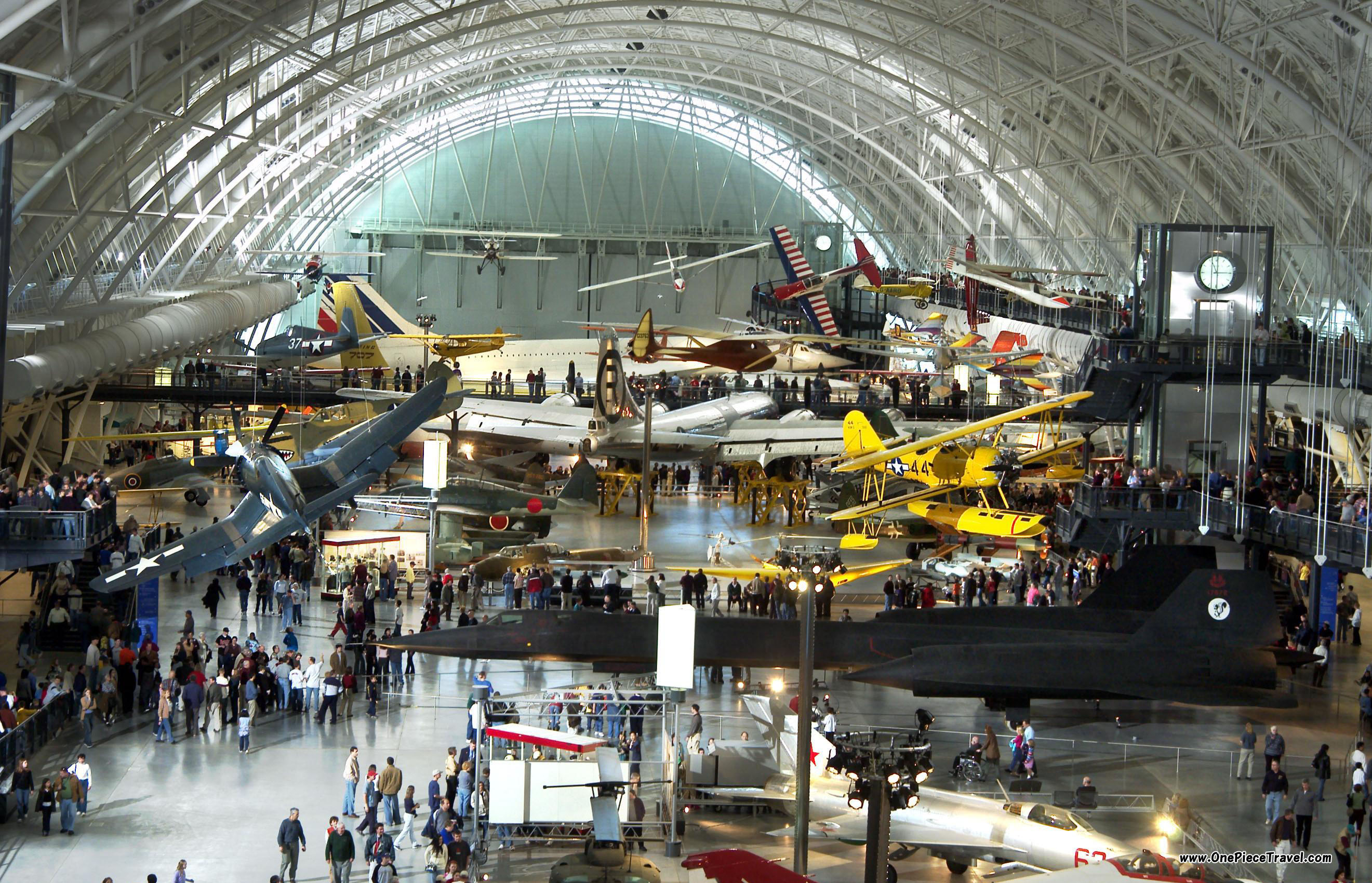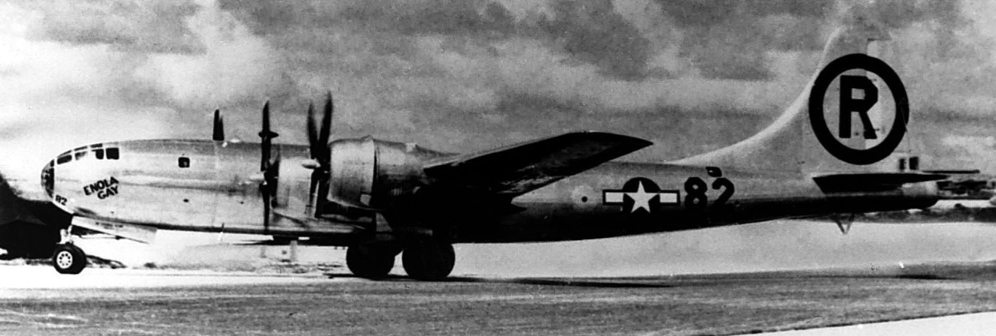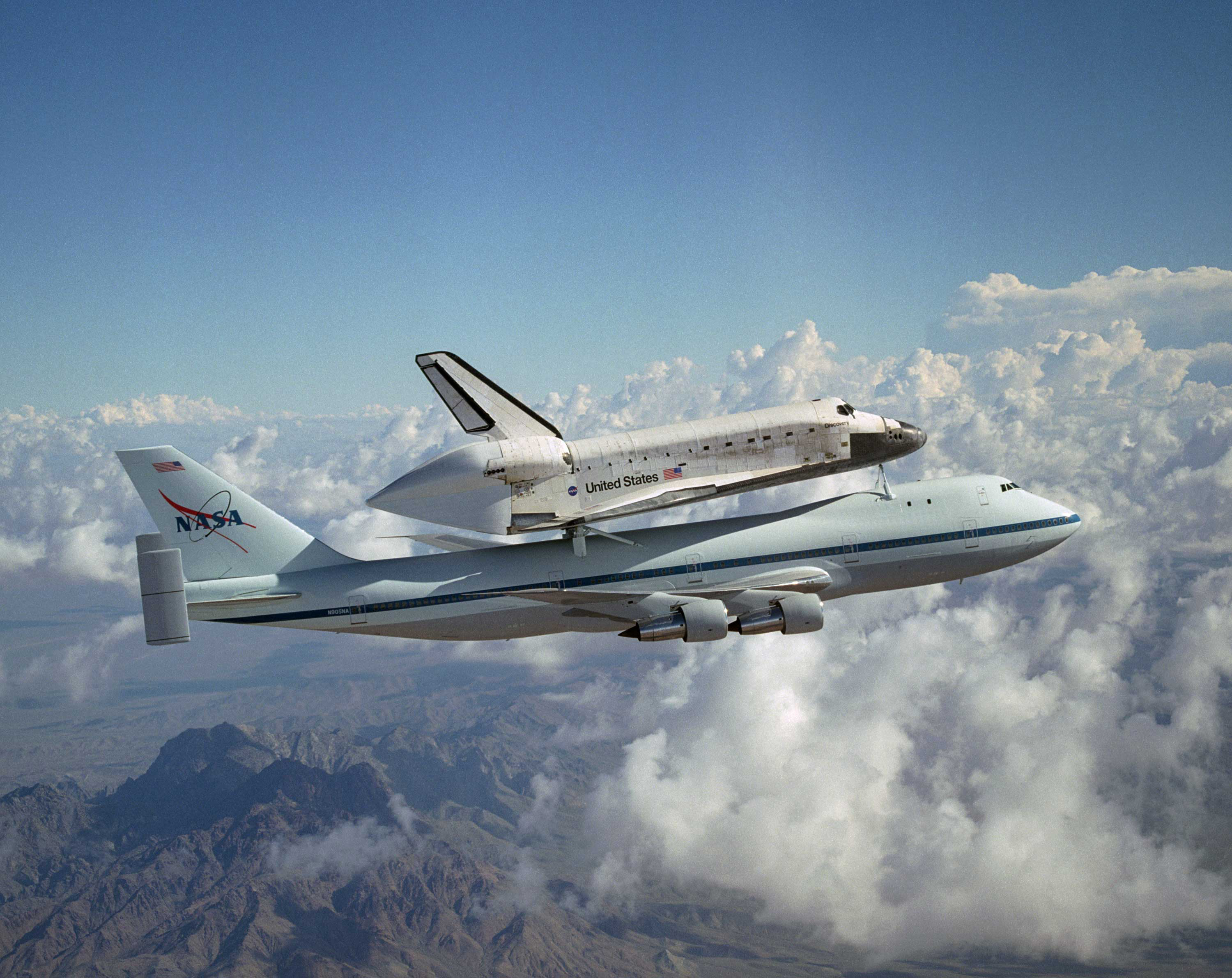Washington D.C. is an honorific place; a place that stands to represent the men and women who helped shaped a unique federal district. While symbols run rampant through the streets of D.C., it really all begins with the National Mall. The Mall, a cross-shaped compound spanning over 1,000 acres starts at the Capitol Building, ends at the Lincoln Memorial, and houses dozens of monuments in between, which bear tribute to both the beauty and the trauma of years past. Directly preceding the heavy contingent of memorials and monuments (specifically, 3rd Street-14th street along Independence Ave. and Constitution Ave.), the Smithsonian Museum Complex can and should be visited. Probably the most inspiring city feature of D.C. is the fact that it provides access to a walkable strip of museums wherein which you can see anything from nuclear missiles, to fossilizations, to exquisitely preserved artistic masterpieces, all in a series of interconnected galleries and all for free.

As a result of the legacy of James Smithson, an eccentric British chemist and lover of American democracy, the Smithsonian Research Complex was created. In 1829, Smithson willed a $508,318 gift (which was, at that time, 1/66th of the entire US federal budget) to the American Congress so as to create a diffusion of knowledge. It got the ball rolling and paid off big time. Today, there’s nothing quite like the Smithsonian Institution, a collection of 19 free to the public (I just can’t mention that enough), larger than life, packed to the brim museums. While the majority of these museums are lined up along the Mall (ex: The National Museum of Natural History, The National Museum of American History, The National Museum of African American History and Culture), one very special addition to the complex is located outside of city limits, that is, The National Air and Space Museum’s Steven F. Udvar-Hazy Center.

The Steven F. Udvar-Hazy Center, a 760,000-square-foot facility at Washington Dulles International Airport in the Chantilly area of Virginia is essentially, on offshoot of the National Air and Space Museum building in the National Mall, which had too many artefacts and not enough room. The exhibitions areas inside the Steven F. Udvar-Hazy Center are comprised of two large hangars, a second-floor viewing area designed to give visitors a behind-thescenes perspective, an observation tower that provides a view of planes landing and taking off at the adjacent Washington Dulles International Airport, an IMAX theater, and many interactive exhibition areas for the young and old alike. Amidst the 169 aircraft on display, two of the center’s highlights include: Enola Gay, the Boeing plane that dropped the first atomic bomb on Hiroshima, Japan, as well as the Discovery Spacecraft, which in its years of service launched and landed 39 times, totalling more flights than any other spacecraft to date.


The Steven F. Udvar-Hazy Center is so jaw-droppingly massive that even an aviation non-enthusiast would be hard pressed to turn their nose up at the incredible efforts that go into curating a space of such magnitude. This is a remarkable museum on all counts. The repurposed hangar, despite its size, is bright and easy to follow. The signage, descriptions and activities are very visitorfriendly and there is a constant flow of tours being conducted throughout the museum. Of course, you don’t have to formally follow a tour, but from the bits of description that I was able to catch the museum’s docent staff are exceptionally enthusiastic and knowledgeable.
Probably the most important element of The Steven F. Udvar-Hazy Center is its hands-on, interactive exhibits. In their intermixing of recreation and education, the center caters to collaborative play and any youngsters in your group will have a great time with the various flight simulator rides, the outer space photo booth, and not to mention, the up close views of planes in flight at the Dulles airport next door. All in all, The National Air and Space Museum’s.
Steven F. Udvar-Hazy Center, is a prime example of the absolute wonder involved in visiting the Smithsonian Complex, even if you are outside of the National Mall area. While it is located a little ways away from the D.C. city core, the drive there is fairly easily and will allow you to stay out of the heavy traffic that is ever-present in the D.C. area. The Steven F. Udvar-Hazy Center is not to be missed. Take the time to discover what lies on the outskirts of the Smithsonian complex and I guarantee the visit will be a hit.


